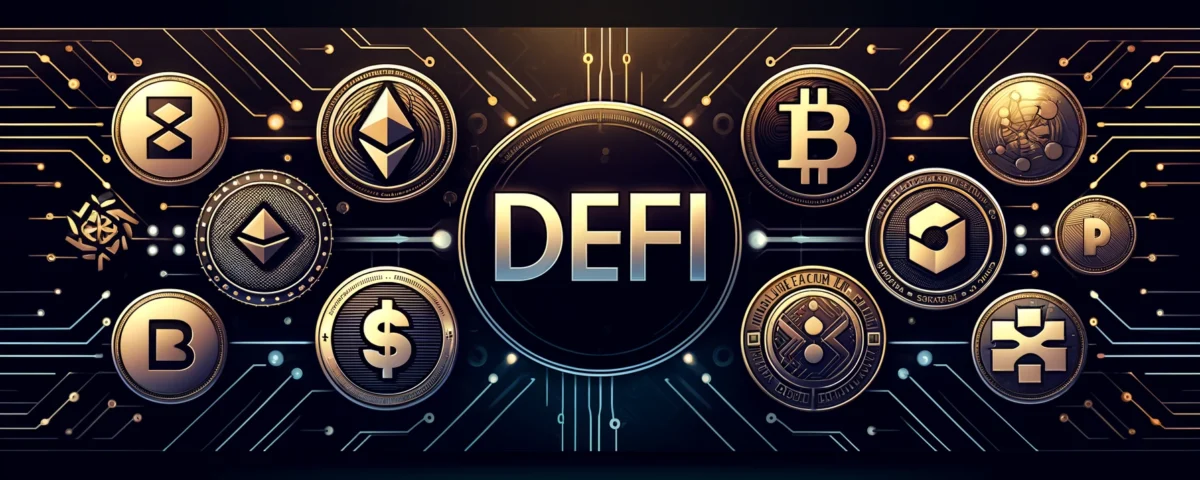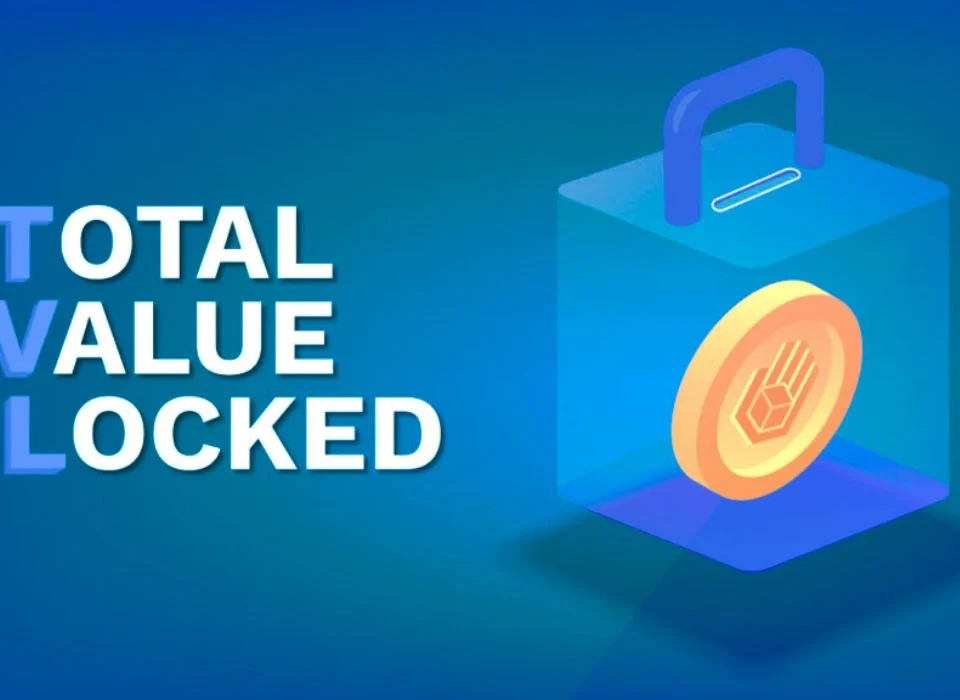
Ethereum is The World’s Programmable Blockchain
15/05/2024
BNB: The Backbone of Binance Ecosystem
15/05/2024
Understanding Decentralized Finance (DeFi):
Advantages and Future Prospects
Introduction to DeFi
Decentralized Finance, commonly referred to as DeFi, represents a shift from traditional, centralized financial systems to peer-to-peer finance enabled by decentralized technologies built on the Ethereum blockchain.
DeFi leverages smart contracts to offer financial instruments without relying on intermediaries such as banks, brokers, or exchanges.
Key Features of DeFi
- Accessibility: DeFi opens financial services to anyone with an internet connection, removing barriers associated with traditional banking.
- Transparency: With DeFi, every transaction and its associated logic are visible on the blockchain, ensuring full transparency in financial dealings.
- Interoperability: DeFi protocols and applications are built to be interoperable, allowing seamless interaction between different products and services within the ecosystem.
Advantages of DeFi
- Autonomy: Users have complete control over their assets and can interact with the ecosystem through peer-to-peer and decentralized applications.
- Innovation: DeFi provides a modular framework that developers can build upon, fostering rapid innovation in financial services.
- Security: Leveraging blockchain technology, DeFi offers enhanced security compared to traditional finance, minimizing the risks of centralized failures and hacks.
Challenges Facing DeFi
While DeFi presents numerous advantages, it also faces significant challenges such as high volatility, complex user experiences, and uncertain regulatory environments. These issues must be addressed to ensure widespread adoption.
The Future of DeFi
The future of DeFi could radically transform the financial landscape by making financial services more inclusive and efficient. Analysts predict significant growth in DeFi, particularly in areas like lending, borrowing, and decentralized exchanges. As blockchain technology evolves and regulatory frameworks become clearer, DeFi is expected to penetrate traditional finance deeply, offering more robust and user-friendly financial services.
Conclusion
DeFi stands at the forefront of the financial revolution, offering a promising alternative to traditional financial systems. Its commitment to open, transparent, and efficient financial dealings positions it as a pivotal element of the future financial ecosystem. As we move forward, the integration of regulatory frameworks and technological advancements will likely propel DeFi to mainstream acceptance, reshaping how we think about money and financial services.




4 Comments
[…] DeFi: A Paradigm of Transparency and Efficiency […]
[…] Decentralized Finance (DeFi) […]
[…] the blockchain and cryptocurrency space. By leveraging smart contracts and blockchain technology, DeFi protocols offer a wide range of financial services without the need for traditional intermediaries […]
[…] Revolutionizing Finance: Exploring the Power and Potential of Decentralized Finance (DeFi) […]